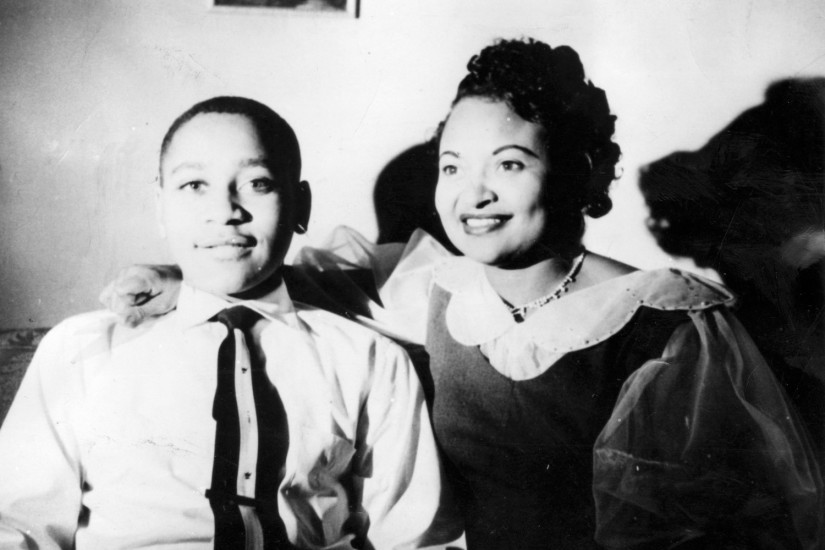In her gripping memoir Coming of Age in Mississippi, Anne Moody says that she was haunted by Till’s murder, but never allowed to speak of it openly. Outside the Delta, Till’s story was passed down by writers like Gwendolyn Brooks, James Baldwin, Bob Dylan, Langston Hughes, Audre Lorde, Toni Morrison, and Lewis Nordan, and it figured prominently in Martin Luther King, Jr.’s “dream” speech in Detroit in June 1963 (though not in the more famous version delivered two months later in Washington). But in the place where it occurred, Till’s murder was seldom discussed publicly. Architectural historian Dell Upton observes that even as the civil rights movement began to be commemorated across the South in the 1970s, memorials were concentrated in “Alabama, Georgia, and other places where the great, telegenic mass demonstrations were held, rather than, say, in Mississippi, the scene of quieter, less visible efforts and of more sinister, more random, and less restrained violence.”
In 2005, the silence was broken with two blue roadside markers designating a 30-mile stretch of Highway 49E as the “Emmett Till Memorial Highway.” In the years that followed, the Delta experienced an unprecedented memory boom. More than $5 million was spent on the production of a significant commemorative infrastructure, including dozens of roadside markers, a museum, two restored buildings, an interpretive center, a walking park, and a community building. These works are unevenly distributed, ideologically inconsistent, and frequently vandalized, and yet they ensure that, at last, the memory of Till’s murder has a material presence in the landscape of the Mississippi Delta.
While seemingly major parts of Till’s story have gone uncommemorated, relatively minor elements have been affectively charged. Where was Till’s body dropped in the water? Where was it recovered? From where was the gin fan stolen that weighted his body in the river? If these questions have been debated with an intensity out of proportion with their historical significance, it’s because the economic well-being of entire towns hinges on the answers given. As Till’s story is passed down through generations, its plot is shaped by the conditions of remembrance in the Delta as much as by the distant facts of 1955. Now the story is in the hands of the legislators, county supervisors, funding boards, nonprofit organizations, private foundations, small-town mayors, anonymous citizens, ex-cons, and midlevel bureaucrats who oversee the new commemorative works. There is a world of controversy, patronage, nepotism, and enduring racism behind the surface of those historical markers.
